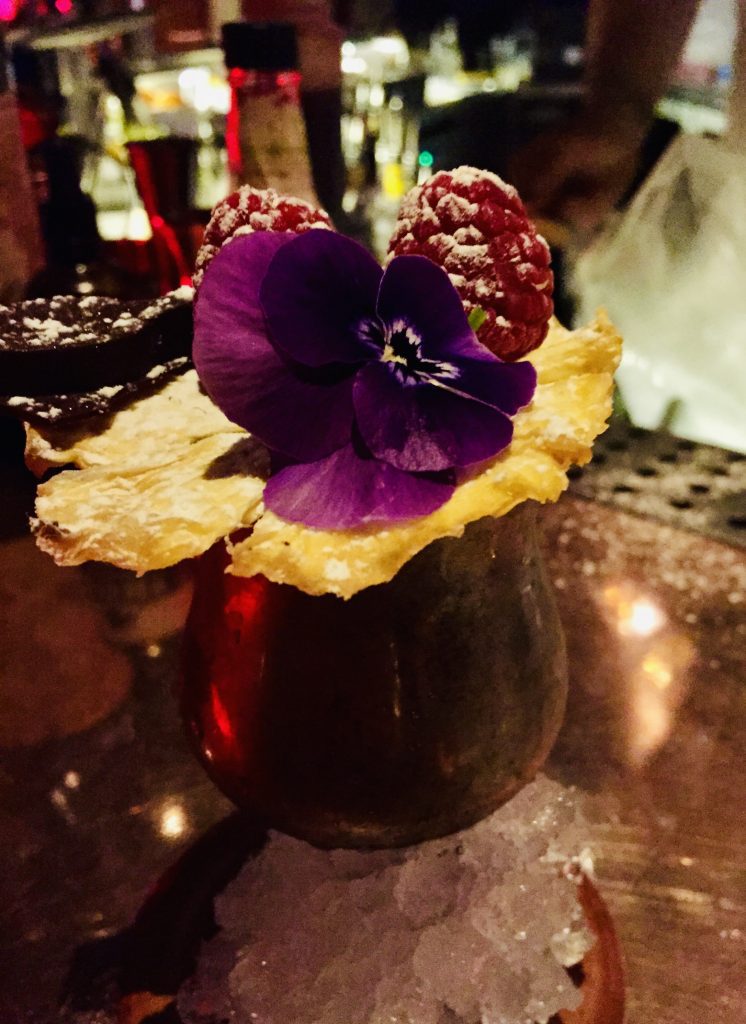Paris Cocktails by Author Doni Belau Toasts Tradition

As author and Francophile Doni Belau writes in her informative book “Paris Cocktails,” when Prohibition began in the U.S. in 1919, some of the country’s great bartenders hopped a ship to Europe and became some of the Jazz Era’s most famous mixologists. They joined the French who already had a reverence for the science of drinks and creating aesthetic and gastronomic marvels.
In fact, the Bloody Mary, the French 75 and the Sidecar were invented during this period. But now, creativity in cocktails is being revered and explored once again with modern-day flourishes and additions. Elderflower is having a resurgence, as is hibiscus flavors.
Unlike the Puritan code of abstinence, Paris had a cocktail culture dating back to the 1800s. At the turn of the century, cocktail bars were influenced greatly by expats and headquartered in the great hotels. As Belau observes, now the twenty and thirty-somethings of France have embraced history only to remake it.
“They are making cocktail culture much more accessible to the masses,” she says. “We no longer just prendre un verre (have a glass), which in the past almost always meant wine. A French native today is open and anxious to try a French-made cocktail, chock full of French-made products.”
Those products include floral-infused liquors and real-life flowers.

Belau, who runs girlsguidetoparis.com, a travel website where she runs inventive and frolicking fun tours throughout France, shared with us some of the Paris cocktail recipes she discovered using floral ingredients.
It is noteworthy to mention that Paris is not the only city that is embarking on a resurgence of cocktail club popularity. The U.S. has been experiencing a cocktail revolution for several decades, especially in cities like Chicago, Los Angeles, New York and Miami. The signature hotels in those cities have hired their own celebrity mixologists, who have written books celebrating American-made gins, herbal infusions and delicious fruit-based and spiced cocktails. This being America, sometimes what is celebrated is size and alcohol content.
“For the French palate three things are of utmost importance; alcohol is meant to go with food, balance in a drink is critical, and strong alcohol content in a drink feels alien and improper to them, because strong alcohol in France was typically used for medicinal purposes,” she says. It’s all about finding the right balance.
However, the creativity from passionate bartenders is truly a gift to the public, as is this book which documents its history and current-day popularity. “Today what we drink is art a glass,” says Belau. “Sipping these beauties turns a fun night of drinking into something exceptional and memorable.”
With these recipes, you can also bring Paris home. – Jill Brooke











